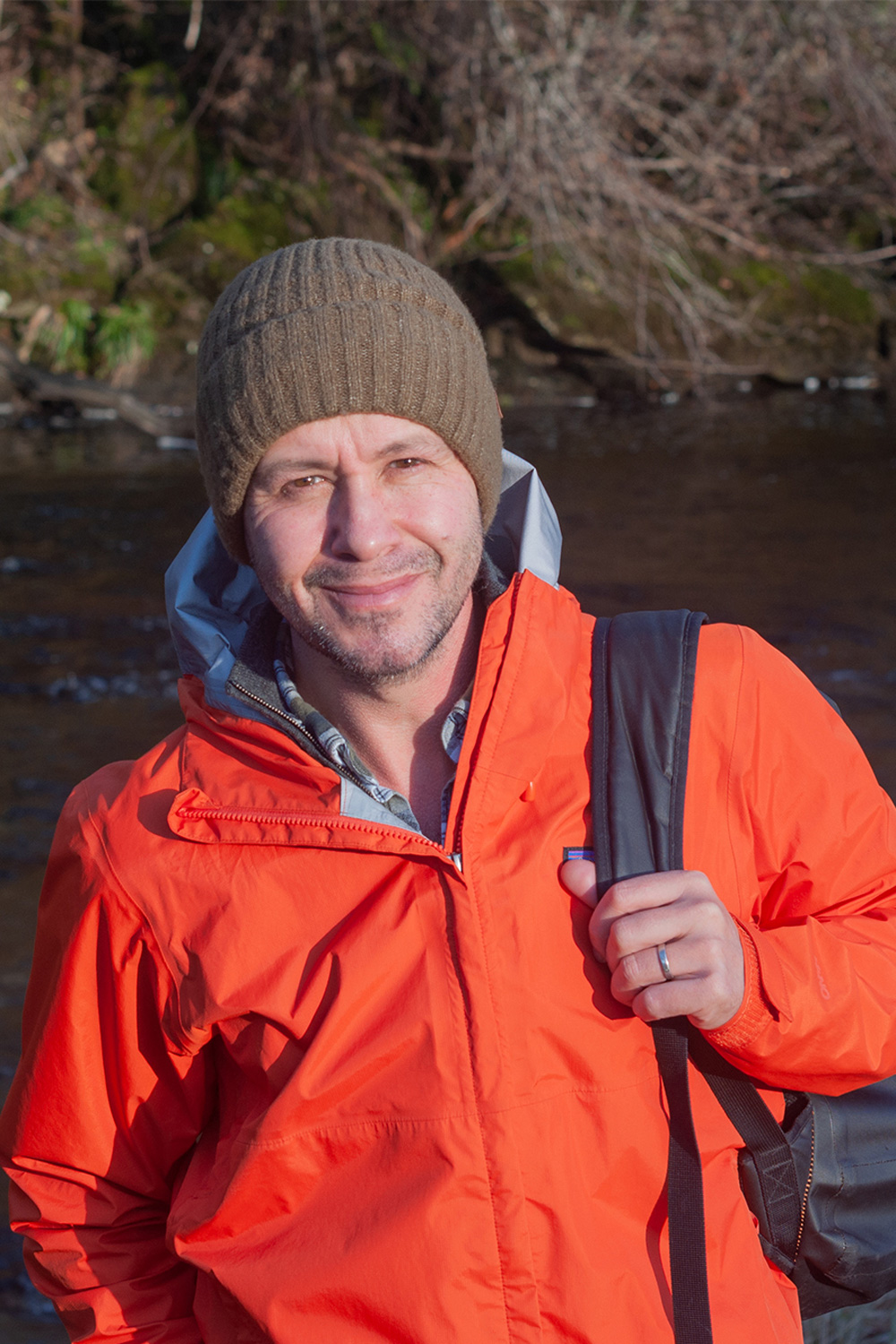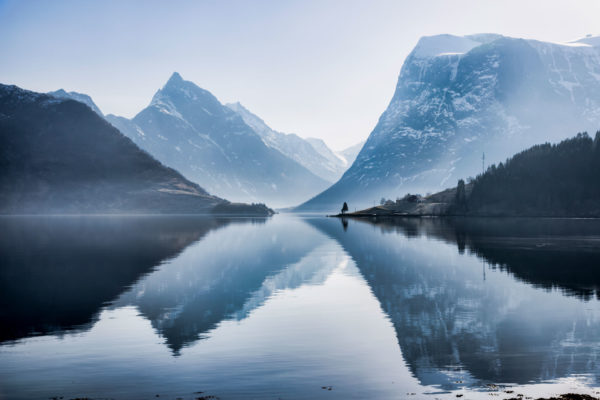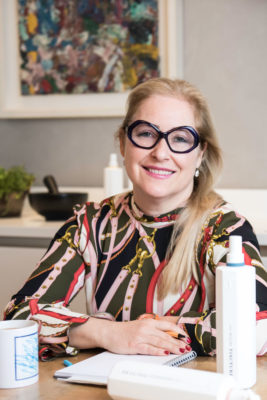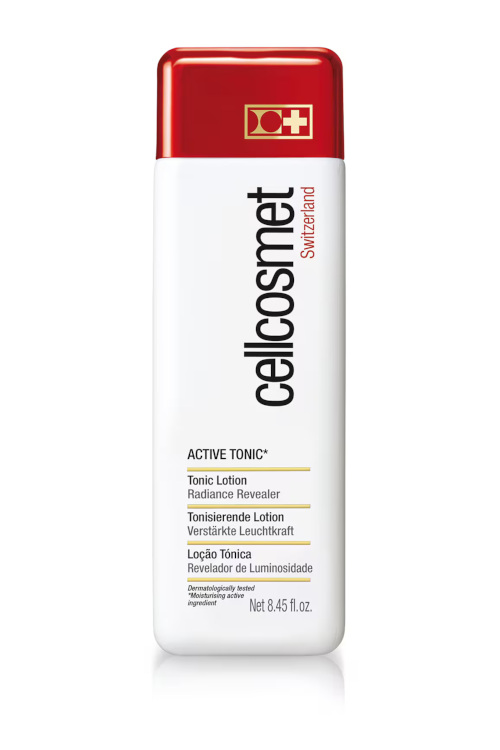
Green Heroes: Dan Black – Black + Blum Founder
By
1 year ago
C&TH meets the name behind the innovative food storage company
In 1998 Dan Black founded Black + Blum with Martin Blum, after realising he had a responsibility as a designer to create sustainably-driven products that are purposeful and last the test of time. After much experimentation and many successful product launches, Black + Blum decided to fully dedicate itself to designing products for carrying food and drink on-the-go in 2018. Now sold in over 1000 stores in 60 countries, Black + Blum has won over 25 international design awards over the years and its products are used by some of the most well known food experts and nutritionists around the world.
Interview: Black + Blum Founder Dan Black
When was your green lightbulb moment?
While exhibiting at a trade fair, I was struck by the sheer number of products that were either decorative or unnecessary gadgets – items that solved problems that didn’t really exist. That experience made me realize that as designers, we hold a significant responsibility for every product we create. If we are to address the environmental challenges we face, the solution isn’t about creating more products – it’s about creating better, more purposeful ones. From that point on, we committed ourselves to designing products with real, everyday functionality, built to last, age gracefully, and that could be easily serviced with spare parts if needed. Whenever possible, we also ensure that our products are fully recyclable, reflecting our dedication to sustainability at every stage of their lifecycle.
How are you different from other similar brands?
At our core, we are a design company, and this truly sets us apart from others. While many brands may claim to be design-focused, we were founded by designers, and design is at the heart of everything we do. Each product we create is not just innovative, but unique to us. We don’t launch anything unless we’re certain it brings something new and better to the market – something that makes a meaningful difference.
What green business practices are you most proud of?
Aside from creating products that help users save on food waste and single-use plastic, a major focus for us now is our partnership with City Harvest and 1% for the Planet – drawing attention to the environmental impact of food waste, which accounts for 8–10% of manmade emissions. City Harvest works with food companies at all levels of the supply chain across the UK to collect food that would otherwise go to landfill. Food is redistributed to over 375 community partners: food banks, schools, hostels, soup kitchens and more. Every meal delivered helps to reduce emissions from food waste at landfills and helps feed those who need it most. Since we joined, we have rescued 70.8 tonnes of surplus food, donated 168,700 meals to those in need, and prevented 177 tonnes of greenhouse gas emissions.
View this post on Instagram
What makes you feel positive about a sustainable future?
The market is gradually becoming more aware and better educated about the challenges the world faces, but also the impact each individual can make. People are starting to invest in sustainable design and follow the mantra of ‘buy once, buy well’. The sustainable movement has been slow to start, but it is growing – nearly half of all consumers now say they are buying more sustainable products.
And what are the facts that make you fearful?
Greenwashing is a significant challenge in our industry, with many companies making false claims about the sustainability of their products. We’re seeing a rise in so-called eco-friendly or bio-based plastics that, in reality, often do more harm than good. Many of these materials haven’t been properly tested for food safety, lack durability, can’t be recycled, or, in some cases, are marketed as ‘biodegradable’ but ultimately contribute further to microplastic pollution. There is a pressing need for stricter regulations to prevent companies from misleading consumers about the sustainability of their products and materials. While more companies are turning to 100 percent recycled materials, the reality is that some of these materials are falsely marketed as recycled, or the recycling process itself consumes more energy than simply using virgin materials. The truth is, it’s incredibly difficult to truly assess the sustainability of a product. Every product has some level of impact, and production always requires energy.
Who is your own green hero?
Yvon Chouinard, the founder of Patagonia, has been so inspirational. He also co-founded 1% for the Planet. His book Let My People Go Surfing is a book we recommend all new employees at Black+Blum read. He has set up Patagonia as a charity to sustainably give back, rather than just as a business to make money. Hopefully, this leads to more companies with this kind of structure.
Your favourite product – and tell us why we can feel good about buying it?
One of my personal favourites is also our simplest: the Steel Bottle. While most bottles on the market feature vacuum-insulated double walls to keep contents hot or cold, our Steel Bottle takes a different approach. It’s single-wall, which means it doesn’t have the insulation, but this choice makes it more compact and significantly lighter for its volume. Vacuum insulation certainly offers a functional benefit, but it also requires a lot of energy to manufacture. Sometimes, a simple, no-frills design is the better solution. That is why I love our Steel Bottle – it embodies the idea that less can be more, offering practicality and ease without unnecessary complexity.
Can producing anything new really be called sustainable?
It’s very hard to justify any new product without acknowledging its environmental impact. Ultimately, every product has some effect on the planet. What we can do, however, is focus on creating products that are truly functional, help users live more sustainably with every use, and are durable enough to last a lifetime. We also prioritize designs that are easy to repair and, when their life is over, fully recyclable. This is our approach to minimizing impact and ensuring our products serve a purpose that goes beyond just being a product.
Name three other of your favourite brands who are doing the right thing and why you like them?
- Kilner – Classic timeless designs that function well, encourages people to store their food properly and will last a lifetime.
- Patagonia – A fashion brand is a contentious choice, but because the company is now set up as a sustainable charity, it does a huge amount in terms of giving back and setting the trend and challenging the norm of how companies can operate.
- Best Made Company – This purveyor of design classics is very good at curating timeless products that are produced by local artisans, made with high quality materials that are built to last.
Should we be green shaming the brands/companies who are doing nothing to change their ways?
A big yes to this question and especially the larger companies. The most important thing for consumers is to vote with their wallets, and to consider the environmental impact of each purchase they make.
What are the biggest challenges in running a sustainable business?
Creating sustainable products can often be more expensive, and that is one of the biggest challenges we face. The key is designing products that are truly worth the extra cost and then clearly communicating to consumers why the investment is worthwhile – whether it’s the durability, functionality, or environmental benefits they offer over non- sustainable alternatives.
View this post on Instagram
What advice can you give to other businesses who are wanting to do better?
Companies should really challenge themselves on whether the products they are making deserve to exist and how can they make them more durable, easier to repair and fully recycle at the end of its life.
Three things we should all, as individuals, be doing to help in the climate change fight?
Be more discerning with the products you buy and really ask if you need it. Don’t be afraid to pay more for quality and products that last, I love the saying: ‘I’m not rich enough to buy cheap products’. Reduce your carbon footprint in relation to food by meal prepping, buying locally grown produce, eat less meat and make sure you don’t let any food you buy go to waste.
How do you think the media and governments could help to improve the plastic pollution crisis?
The media and governments both have crucial roles to play in addressing the plastic pollution crisis. It is a global problem, so it needs a global solution. One of the simplest yet most effective measures would be to limit the types of plastics that can be used for common products, focusing on materials that are easier to recycle and clearly identifiable. Standardizing the materials used in consumer goods would make recycling much more efficient and reduce confusion about what can and can’t be recycled. Clear labelling and better education on how to recycle different types of plastics would also go a long way in improving recycling rates. Governments should also introduce stronger incentives for people to recycle more effectively. This could include deposit return schemes, tax breaks for using sustainable materials, or even reward systems for consumers who demonstrate responsible waste management. Additionally, stricter fines for littering and more visible penalties could deter people from discarding waste irresponsibly.
On a larger scale, there needs to be more consistent international standards and regulations for materials and recycling practices. The lack of harmonization between countries creates inefficiencies and confusion, and a unified approach would make it easier for companies and consumers to navigate sustainable practices. International agreements and frameworks around plastic production, usage, and disposal would help ensure that every country is held to the same standards, creating a global effort to tackle the issue. While it’s a complex challenge, stronger incentives, clearer guidelines, and better global cooperation could significantly reduce plastic pollution and its environmental impact.






















